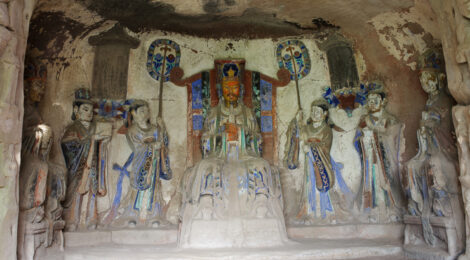
Dazu Stone Carvings – Sino-Italian Cooperation on Cultural Relics Protection and Restoration – Part 3
In this issue of Chongqing Stories, let’s take a look at a certain cooperation project between Italy and China on the protection and restoration of Dazu Rock Carvings.
The protection project of Dazu Rock Carvings was selected as the first sino-Italian cultural heritage conservation project under a memorandum of understanding signed between the two countries during the then-Italian President Carlo Azeglio Ciampi’s visit to China in 2004.
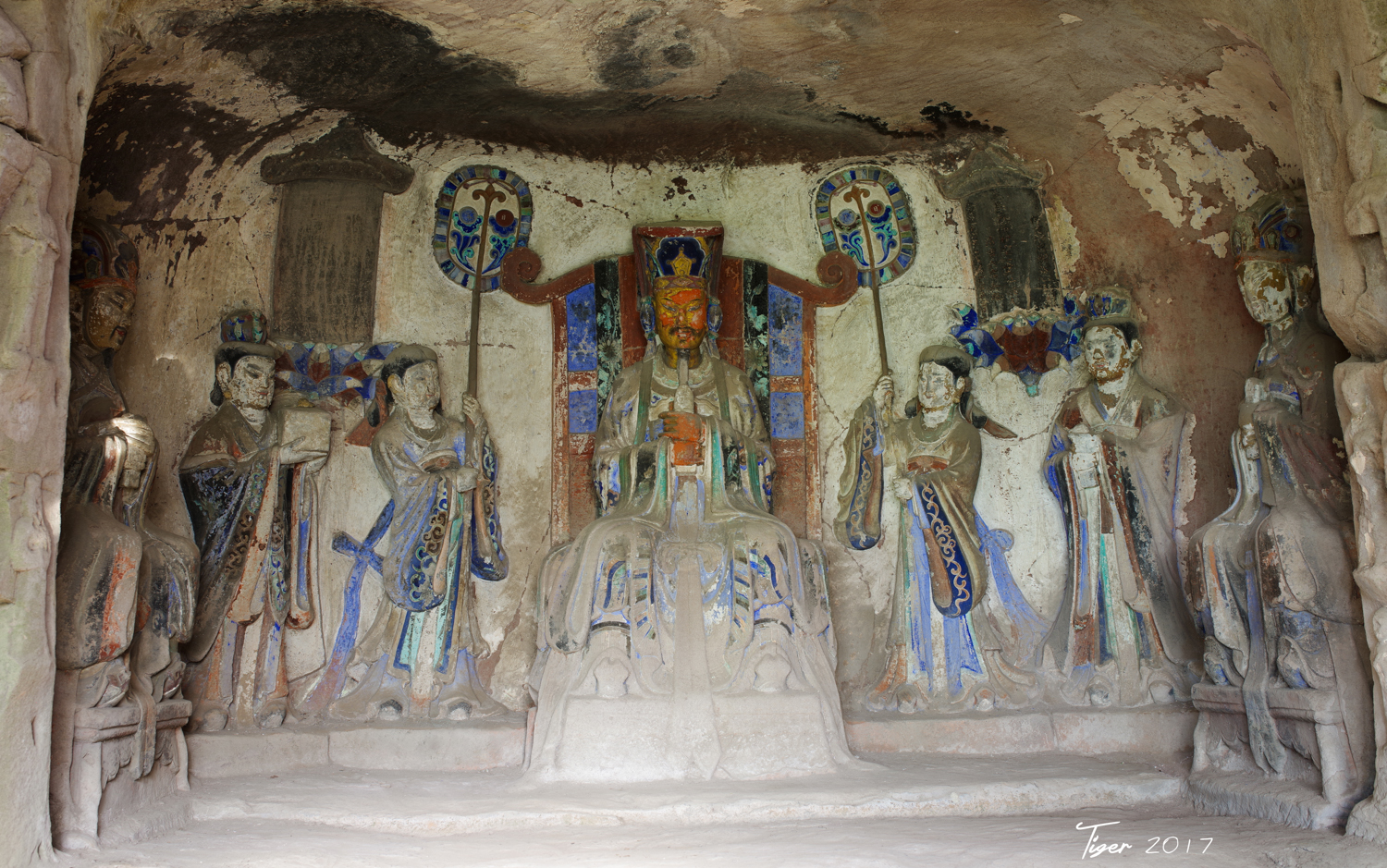
Niche of the Jade Emperor
In 2007, the Academy of Dazu Rock Carvings applied for a 2 million euro loan from the Italian government, which was the first cultural relic conservation project in Chongqing to receive foreign loans. The loan plus the Chongqing government funding, a total of about 20 million yuan were used to purchase equipment and technologies from Italy for cultural relics monitoring and protection in 6 categories and 108 kinds, including analysis laboratories, repair workshops, environment monitoring in cultural relics areas, microenvironment monitoring in cultural relics areas, monitoring of cultural relics and information processing system. Those equipment and training services from Italy can improve the technical and equipment level of the Academy of Dazu Rock Carvings in the field of cultural relic protection and monitoring.
In May 2007, the Italian side not only provided financial support, but also sent experts from the field to work jointly with the Chinese team to investigate the Dazu Rock Carvings, especially the statue of Thousand-handed Guanyin on Baoding Mountain. As this Moya Carving statue was dug in the Southern Song Dynasty, more than 800 years ago, and has a huge shape, with a height of 7.7 meters and a width of 12.5 meters, Italian experts believed that the statue was too complex, and a ten-year period of data analysis would be needed first to completely restore the statue.
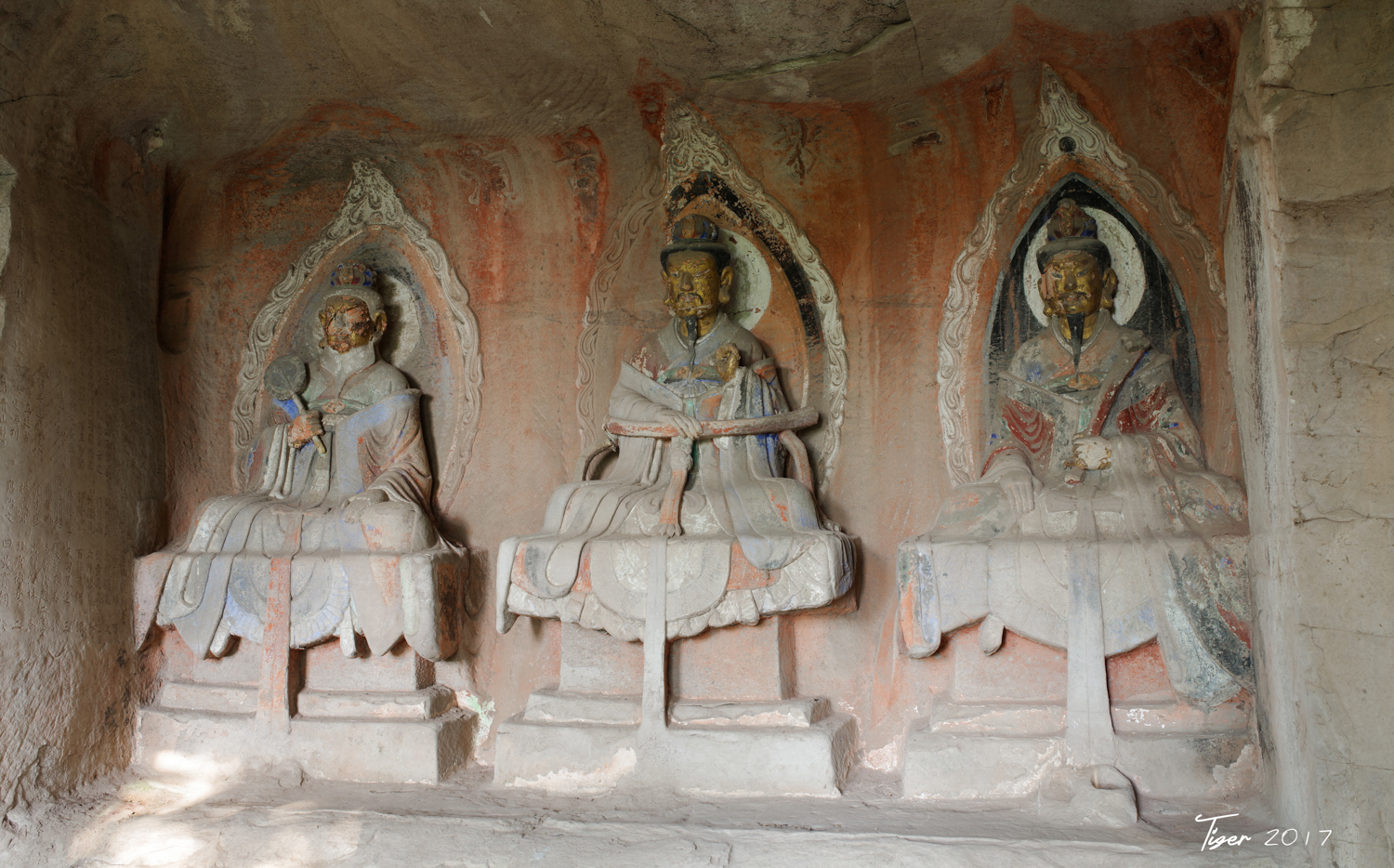
Niche of the Triple Purity
However, things are unpredictable. In the autumn of that year, a finger of the Thousand-handed Guanyin statue fell to the ground in public. What’s worse, it experienced the “5·12 Wenchuan Earthquake” in the following year. The condition of the statue was not optimistic, so National Cultural Heritage Administration decided to immediately carry out a rescue and restoration project for the statue, which was designated as the “No.1 Project” for the protection of stone cultural relics in China. This is the largest and most scientific systematic restoration in history since the completion of this statue.
Experts from all over China gathered in Dazu, and their restoration work is extremely complicated. Limited by space, we hereby briefly summarise the three stages of the protection project: 1. Preliminary investigation and research, a “physical examination” for the thousand-handed Guanyin statue was made to identify damages; 2. Design the repair plan, and perform the repair test in parts of the statue; 3. Complete the restoration of the statue, and record and save the restoration files.
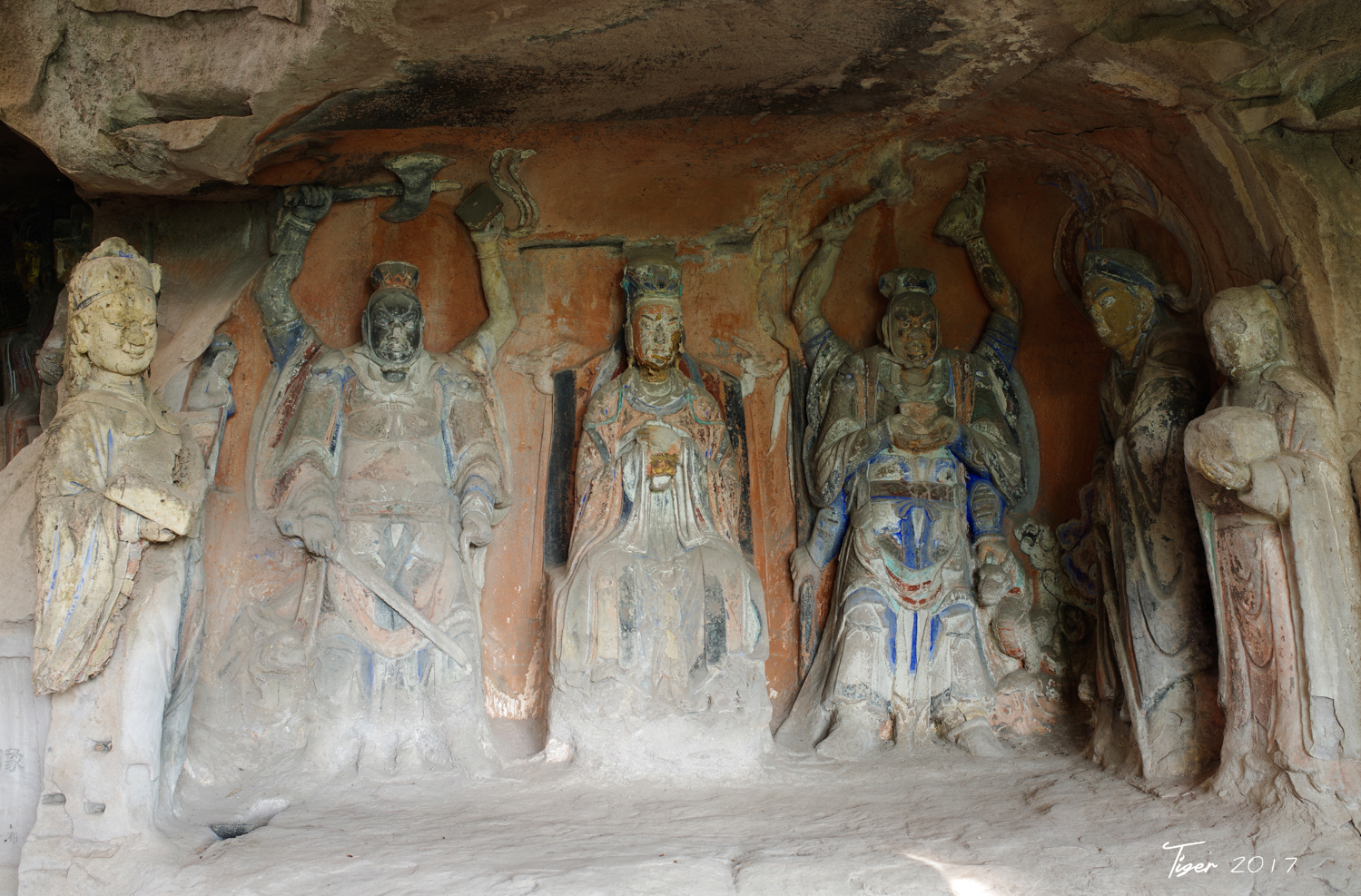
Statues of the Ziwei Emperor and Four Guardian
Since 2008, experts have spent eight years to repair 830 hands and 227 artefacts of the thousand-hand Guanyin statue, covering an restoration area of 222.15 square meters and using more than 1 million pieces of gold foil. Finally, on June 13, 2015, the 10th Chinese Cultural Heritage Day, this Moya carving statue, the largest of its kind in China, which integrates stone carving, gold plating and painting, was “reborn”. The restored statue looks solemn and shining like it did eight hundred years ago.
In 2013, Ms. Chen Huili, director of Dazu Rock Carvings Protection Center, who fully participated in the “Project No. 1”, was invited to Florence by the Italian Ministry of Foreign Affairs. She introduced to her Italian counterparts all aspects of the restoration project of the Thousand-handed Guanyin and won unanimous praise. Soon after that, the Veneto Cultural Heritage Cluster took the initiative to contact Academy of Dazu Rock Carvings, expressing the hope of cooperating with the Chinese side to restore the Shuchengyan Moya statues. Shuchengyan Carvings is one of the greatest works of art of the 12th century in China. It is the most exquisite part of the Dazu Rock Carvings, and its importance and aesthetic value are comparable to the famous Terra-cotta Warriors in Xi ‘an.
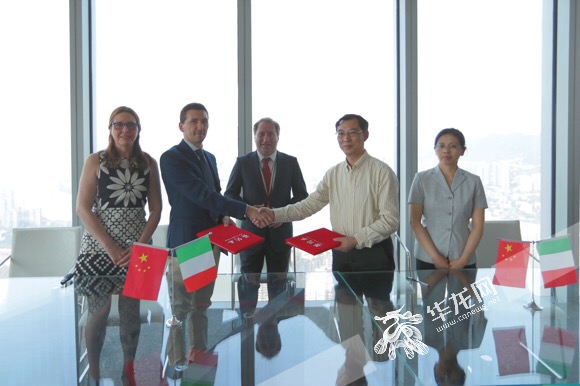
Signing ceremony in 2017
Thanks to the efforts of the Consul General of Italian Consulate in Chongqing Guidi Bilancini, Cice Consul David Castellani, and the Scientific Attache Lorenzo Gonzo, an official agreement was signed between the Venetian Cultural Heritage Cluster and the Academy of Dazu Rock Carvings on July 30th this year, planning to solve the existing problems of the Shuchengyan statues by diagnosing and analysing it both on site and in the laboratory and then using the “made in Italy” materials and technologies.
Led by the Venetian Cultural Heritage Cluster and funded by the Chongqing Municipal Government, this is the first major agreement signed between Italy and a Chinese technical and scientific research partner for the practical operation of China’s cultural relics restoration. During the epidemic (COVID-19), the two sides signed the contract online, which represents the result of years of cooperation between two parties. This follows the signing of an agreement of intent in Chongqing in May 2017 to strengthen the cooperation in the area.
In the near future, we will see experts from Italy and China working jointly to restore the Shuchengyan statues, and have the opportunity to witness more cooperation between the two countries in the protection and restoration of cultural relics.
Zhang Yangxin




